Mastering balance on a skateboard is essential for every rider, from mastering tricks to maintaining control on uneven terrain. Whether you’re a seasoned skateboarder looking to refine your skills or a beginner eager to get started, achieving better balance is a cornerstone of confident and fluid riding. Many skateboarders struggle with staying upright, especially when navigating transitions or pulling off tricks, but with the right approach, improving your balance is entirely achievable. In this comprehensive guide, we’ll explore the ins and outs of skateboard balance training, covering everything from understanding the physical and mental challenges to equipping yourself with the tools and techniques needed to excel. From identifying the causes of wobbles to discovering effective exercises and equipment, this article is designed to empower you to find your equilibrium and elevate your skateboarding game.
Key Takeaways
– Yes, you can skateboard with bad balance—improve it with patience and the right techniques!
– Longboards are ideal for beginners due to their wider design, enhancing stability and control.
– Leverage YouTube tutorials for skateboarding basics, focusing on stance and foot placement.
– Skate shoes with excellent grip and support are essential for maintaining balance and stability.
– Start slow and practice on flat ground to build a strong foundation in balance and movement.
– Join a skate group or take classes for structured guidance and shared learning experiences.
– Maintain a positive mindset and celebrate small victories to stay motivated.
– Seek advice from experienced skaters to gain valuable tips and encouragement.
– Regularly inspect and maintain your equipment to ensure optimal performance and safety.
– Balance issues often stem from stance width, posture, weight distribution, and mental focus.
– Avoid wobbles by mastering your stance, optimizing board setup, and practicing consistent, controlled movements.
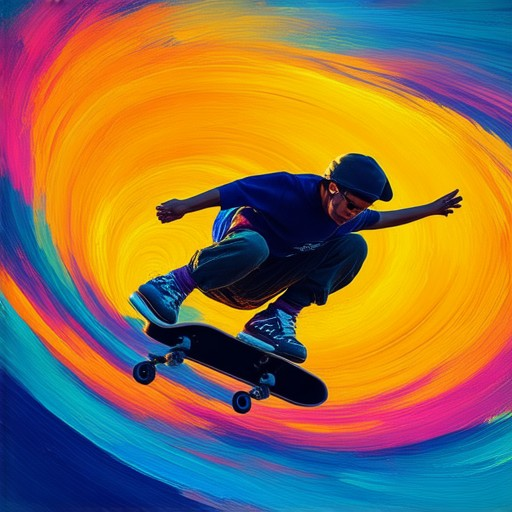
Improving Balance for Skateboarding
To enhance your balance for skateboarding, consider implementing the following strategies:
- Practice on a Balance Board : Start with a balance board designed for skateboarding to build stability and control. Brands like Kickflip Boards offer quality tools for skill development.
- Foot Placement and Stance : Experiment with different stances and foot placements. Watch tutorials featuring professional skateboarders to understand optimal positioning for better stability.
- Mental Focus Techniques : Practice mindfulness and controlled breathing to maintain concentration. Consider guided meditation sessions or breathing exercises tailored for skateboarding.
- Core Strength Exercises : Incorporate core-strengthening activities like yoga or Pilates to improve overall stability and control.
- Professional Lessons : Enroll in local skateboarding classes or workshops offered at skate parks for personalized guidance and advanced techniques.
- Study Advanced Techniques : Explore instructional videos and forums to learn from experienced skaters. Channels on YouTube and online communities can provide valuable insights.
- Progressive Difficulty : Start with basic tricks and gradually advance to more challenging maneuvers, ensuring a strong foundation before moving forward.
- Equipment Maintenance : Regularly check and maintain your skateboard’s grip tape and wheel alignment for optimal performance and balance.
- Visualization and Affirmations : Visualize successful tricks and use positive affirmations to boost confidence and motivation during practice sessions.
- Consistency and Tracking Progress : Dedicate regular practice time, track improvements, and remain patient despite setbacks. Set achievable goals to monitor progress.
- Utilize Technology : Explore apps or tools that analyze balance and trick execution to receive feedback and suggestions for refinement.
- Engage with the Community : Join local skate groups or online forums for support, inspiration, and tips from fellow skateboarders.
How to Improve Skating Balance
To enhance your skating balance, incorporate these proven techniques and strategies:
- Master Foot Placement and Weight Distribution
Maintain a slight forward lean with your feet shoulder-width apart. Distribute your weight evenly between your toes and heels to stabilize your stance. Practice shifting your weight slightly backward to engage your core muscles effectively. - Engage Core Muscles
Focus on contracting your abdominal muscles and glutes to maintain stability. This engages your body’s central axis, promoting better balance during turns and tricks. - Practice Balance Drills
- Single Leg Balance : Stand on one foot and gradually increase the duration until you can hold it for 30 seconds.
- Pivot Turns : Practice turning smoothly by shifting your weight from heel to toe while keeping your eyes forward.
- Side-to-Side Balance : Shift your weight from one side to the other while maintaining your stance.
- Improve Vision and Focus
Keep your eyes fixed on your landing area or the next trick spot. Proper visual focus helps anticipate movements and maintain balance. - Warm-Up Before Skating
A dynamic warm-up routine can significantly boost your balance. Include exercises like high-ladder jumps, calf raises, and leg swings to prepare your muscles and joints. - Consider Equipment Setup
- Choose the right skateboard size and shape for your skill level.
- Opt for softer wheels and a smoother deck surface to enhance maneuverability.
- Work on Mental Focus
Stay calm under pressure by practicing mindfulness or controlled breathing techniques. A clear mind translates to better balance control. - Focus on Technique Progression
Learn and master the fundamentals of skateboarding before attempting complex tricks. Proper technique builds a solid foundation for balance and control.
By combining these strategies, you can develop a stronger sense of balance, allowing you to tackle various terrains and tricks with confidence. Remember to practice consistently and stay patient with yourself as your skills improve over time.
Explore our Beginner’s Guide for more tips and resources to improve your skating skills.
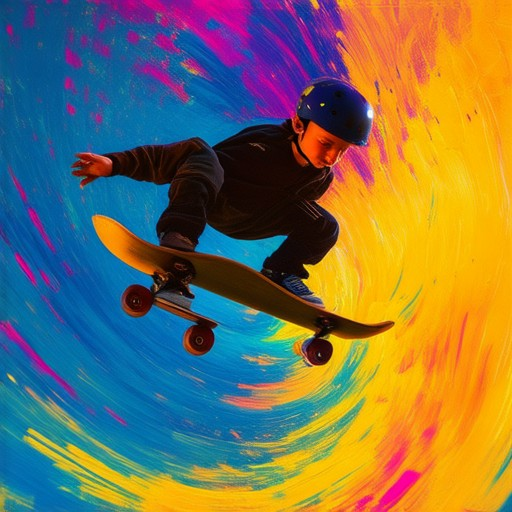
Why Am I So Wobbly On My Skateboard?
Your wobbliness on the skateboard could stem from several factors, including your stance, foot placement, balance, and equipment. Here’s a breakdown of potential causes and solutions:
1. Stance and Weight Distribution
Your stance plays a crucial role in stability. Try shifting your weight slightly forward towards the nose of the board. This distributes your weight more effectively and can reduce wobbling during maneuvers.
2. Foot Placement
When ollieing or performing tricks, ensure your feet are positioned correctly. Land closer to the board’s nose to maintain stability. During manual flips, keep your feet elevated to gain better control over the board’s movement.
3. Balance Training
Improving your balance is essential. Consider using wobble bars at the skatepark to practice staying upright. Incorporate warm-up routines involving leg exercises and yoga to enhance your overall stability before riding.
4. Footwear
Check the fit of your shoes. They should be snug and provide adequate support. Replace any worn-out components to prevent movement and ensure better grip on the board.
5. Mental Fatigue
Overthinking each move can lead to tension. Practice relaxation techniques, such as taking deep breaths, to reduce mental strain and improve focus during rides.
6. Board Type
Consider the stiffness or flexibility of your skateboard. A softer board may absorb shocks better, potentially reducing wobble effects. Experiment with different board types to find what suits your riding style best.
7. Muscle Strength
Engage in core-strengthening exercises like planks and push-ups to build muscle mass, which can enhance your balance and control on the skateboard.
By addressing these factors and seeking practice, you can overcome your wobbliness and improve your skating performance. Remember, consistent effort and learning from experienced riders can significantly boost your skills over time.
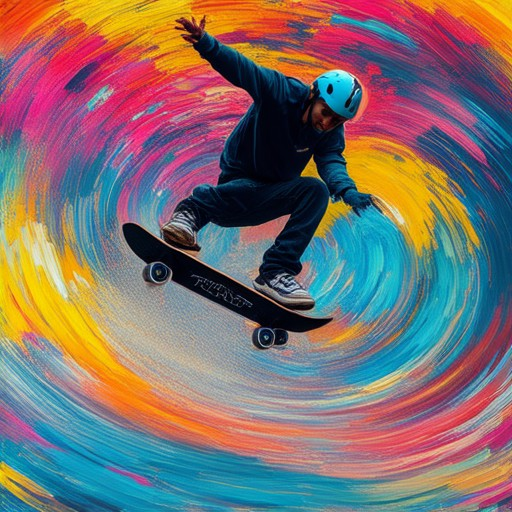
Can I Skateboard with Bad Balance?
Yes, you can skateboard even if you have bad balance. With patience, the right approach, and consistent practice, improving your balance and skill level is achievable.
Starting Point
Begin with a longboard, which is wider and longer than a standard skateboard, making it easier to balance. Look for longboards online or at local shops.
Learning Resources
Watch tutorials on YouTube for basic skateboarding techniques. Pay attention to your stance and foot placement to build a solid foundation.
Equipment
Wear skate shoes with good grip to enhance your balance. Find a pair that fits well and offers support.
Practice Strategy
Start slowly, focusing on standing still and smooth movements. Practice on flat ground before attempting ramps or curbs.
Support Systems
Consider joining a local skate group or taking classes for structured lessons and shared experiences with other skaters.
Mindset
Be patient and persistent. Celebrate small achievements and maintain a positive attitude to stay motivated.
Seeking Advice
Ask experienced skaters for tips and encouragement when facing challenges.
Equipment Maintenance
Keep your board and equipment in good condition to ensure safety and performance.
With dedication and the right approach, you can enjoy the thrill of skateboarding despite initial balance challenges.
Why Do I Keep Losing Balance on My Skateboard?
Your balance issues on the skateboard might stem from several factors. Here’s a breakdown of potential causes and solutions:
- Stance Width: Try adjusting your stance width. A wider stance (about shoulder-width) provides better stability, whereas a too-wide stance can lead to tipping. Experiment with different widths to find your sweet spot.
- Posture: Maintain a straight, engaged posture. Slouching can shift your center of gravity, making it harder to stay balanced. Practice standing tall with your core engaged.
- Weight Distribution: Ensure your weight is evenly distributed across both feet. If you notice one foot feeling heavier, try shifting your weight slightly to the other side to balance it out.
- Foot Placement Timing: Work on anticipating the board’s movements. Practice popping tricks and watching skilled riders to improve your foot placement timing and weight-shifting skills.
- Mental Focus: Stay concentrated on your movements and the board’s reaction. Distractions can hinder your balance, so focus on the present moment during rides.
- Muscle Strength and Flexibility: Strengthen your legs and core with targeted exercises to enhance your physical ability to maintain balance. Flexibility in your ankles and hip joints is also crucial.
- Footwear: Invest in high-quality skate shoes with adequate cushioning and support. Worn-out shoes can compromise your stability, so replace them when needed.
- Pacing and Practice: Don’t rush through your tricks. Take it slow, focus on small movements, and practice consistently. Building muscle memory takes time, so be patient with yourself.
By addressing these areas, you can significantly improve your balance and enjoy a smoother riding experience. Keep practicing, and soon you’ll master the art of staying upright on your skateboard!
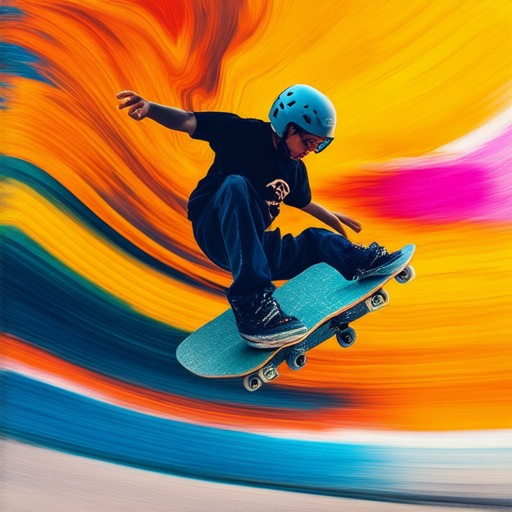
How to Avoid Wobbles on Skateboard
To prevent wobbles while skateboarding, focus on your stance, foot placement, and board setup. Here are some effective tips to keep your ride smooth and controlled.
1. Master Your Stance and Foot Placement
- Stance Type : Choose between Goofy or Regular stance based on your comfort and skill level. A wider stance can provide more stability, while a narrower stance allows for quicker maneuvers.
- Foot Placement : Position your front foot slightly ahead of your rear foot. This positioning helps with balance and control.
- Weight Distribution : Distribute your weight evenly across both feet. Avoid placing too much weight on the balls of your feet, as this can cause instability.
2. Optimize Your Board Setup
- Wheelbase Length : A longer wheelbase can improve stability, especially on larger boards. Experiment with different lengths to find the sweet spot for your riding style.
- Riser Pads : Use angled riser pads to adjust the truck geometry and reduce wheelbite. This setup can provide better control and prevent wobbling during tricks.
- Truck Geometry : softer trucks may offer more flexibility but can lead to wobbles. stiffer trucks provide better stability but may limit maneuverability. Find a balance that suits your riding.
3. Maintain Proper Equipment
- Trucks and Wheels : Ensure your trucks are tightly fitted to the board and in good condition. Loose trucks can cause wobbling. Replace worn-out trucks or nuts to maintain alignment.
- Bearings : Clean and lubricate your bearings regularly to prevent friction and ensure smooth rotation. Dirty or worn-out bearings can affect stability.
4. Practice and Warm-Up
- Warm-Up : Before hitting the park, take a few minutes to warm up with some basic ollies and kicks. This helps improve your muscle memory and reaction time.
- Practice Balance : Spend time practicing stationary tricks or balancing on rails to build your equilibrium and coordination.
By implementing these tips, you can significantly reduce wobbles and enjoy a more stable and confident riding experience. Always prioritize safety and take precautions when skating in public areas. Happy skating!
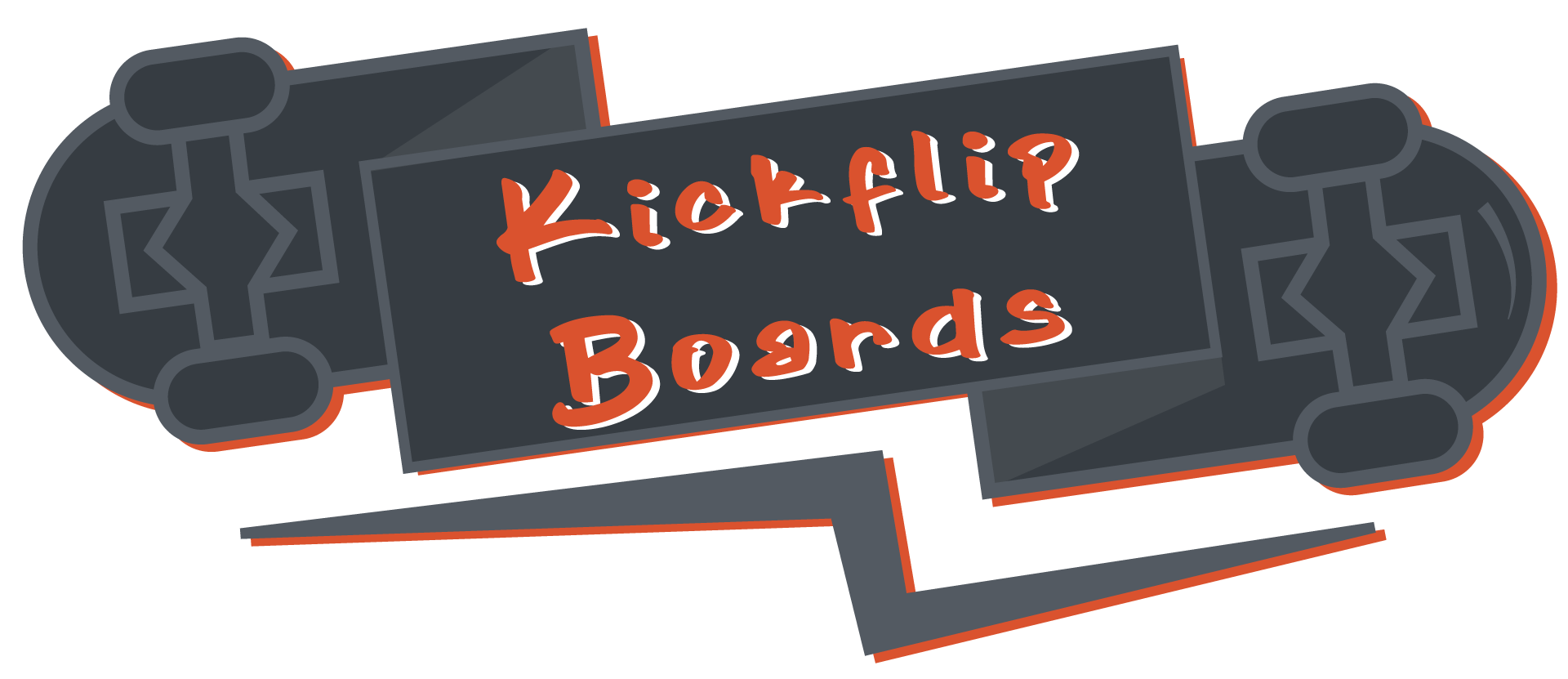



0 Comments